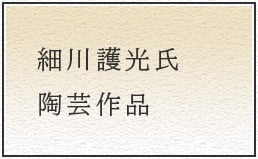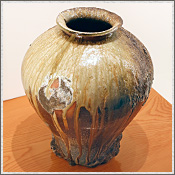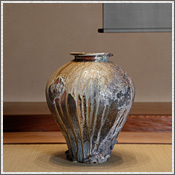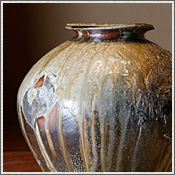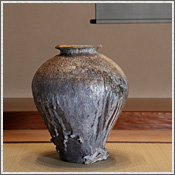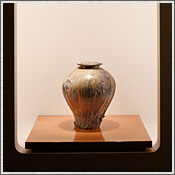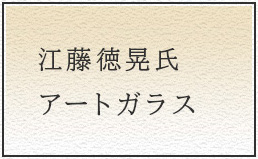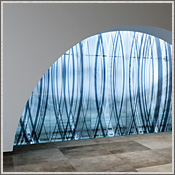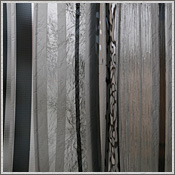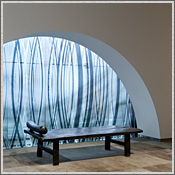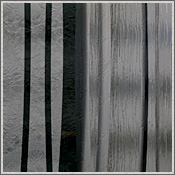
The seventh floor of the Plenus Kayabacho Office's art collection consists of works that embodies novel creativity while still carrying on traditional craftsmanship.
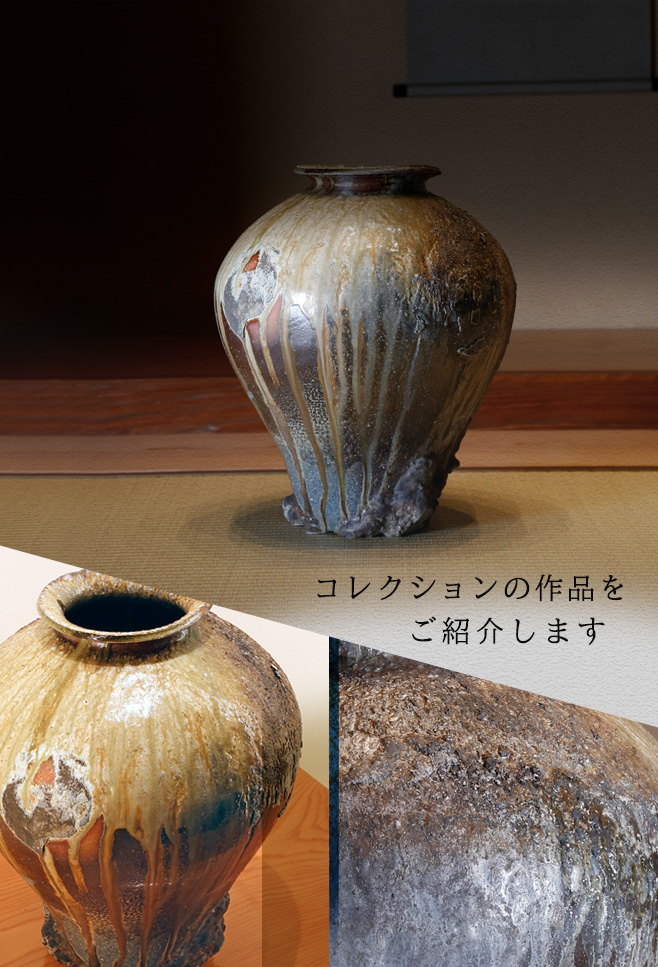
The seventh floor of the Plenus Kayabacho Office's art collection consists of works that embodies novel creativity while still carrying on traditional craftsmanship.
Morimitsu Hosokawa is the scion of the Hosokawa family, old Higo Kumamoto's lord. Working in the beautiful nature of Aso, his work harnesses the beauty of the clay itself. The vase accentuates the features of the flowers it depicts.
There was no predetermined design for the vase. The form appeared in the process of making it. It was heated for ten days in a kiln. Ash glazes the surface and the parts buried in the charcoal leave a darker tone. The vase amuses viewers with its shifting appearance.
- Morimitsu Hosokawa
-
- 1972:Born in Tokyo and grew up in Kumamoto
- 1999:Studied under Masatake Fukumori at the kiln in Iga Collaborated with his father, Morihiro Hosokawa, at the kiln in Yugawara.
- 2006:Opened own kiln in Kumamoto
- 2008:First solo exhibition at Gallery Shibunkaku in Kyoto. Other solo shows at Kaiden Gallery (Shinjuku), Nanohana (Odawara), Mitsukoshi Department Store (Nihonbashi), Tsuruya Department Store (Kumamoto), Tenmaya (Okayama) and more.
- 2014:Studied under Masatake Fukumori at the kiln in Iga Worked in Raku pottery at Raku kiln in Yugawara
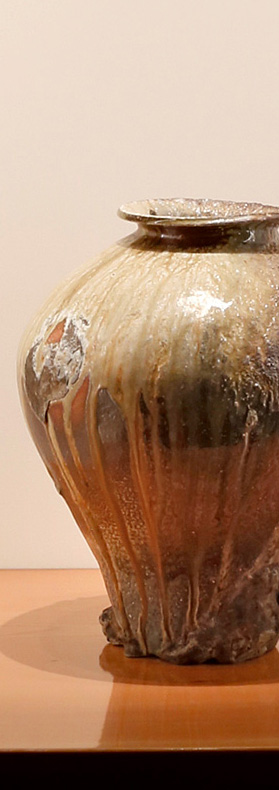
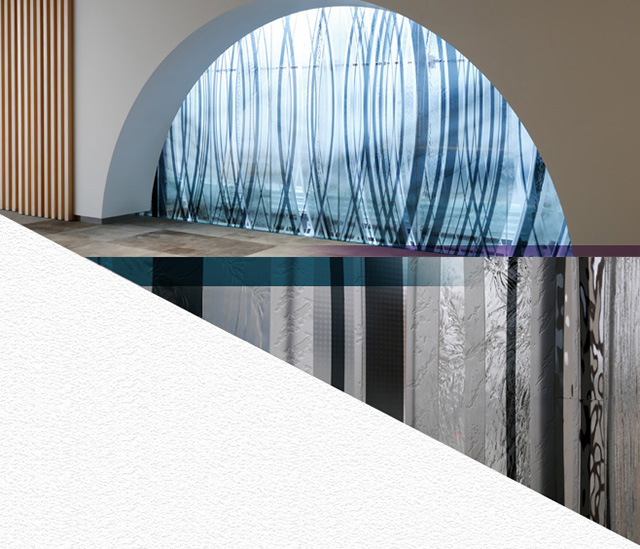
Noriaki Etoh works in Kobe. With the theme of "Salt Well", implying a spring of life, various types of glass and etching techniques embody a swelling wave pattern. Embracing the transparency of the glass, the work captures the growing water ripples. The arch shape is inspired by Nihonbashi Bridge in Tokyo.
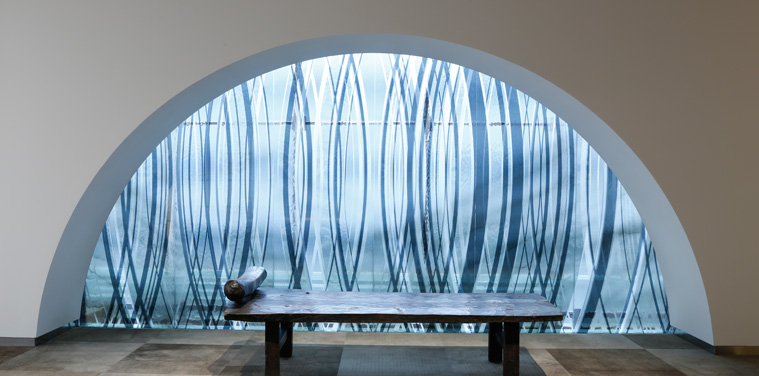
- Noriaki Etoh
-
- 1973:Born in Kobe, Hyogo
- 1996:Graduated from the Architecture Department, Osaka University of Arts
- Major Works
-
- 2005: PLENUS Co.,LTD.
1F EV Hall / Company's Symbol Object
Waiting Hall / Cube Glass - 2014:The Bar at The Ritz-Carlton Tokyo
Main Art Object
- 2005: PLENUS Co.,LTD.

The ceiling is covered with Japanese Washi paper made in Tottori prefecture. 100% kozo plant paper uses the "Tamezuki" technique and each paper is made by hand. Lighting is adjusted so that guests can feel the texture of the Washi paper. While the concept of the ceiling is the cosmos, the flooring reminds us of the earth's soil. The material is dyed slowly so thateach sheet has different and unique gradations in color.

Plenus Kayabacho Office 7th Floor Facility primarily consists of the Tea Room, a space for hospitality, Seasons of Tanada, a work that depicts the primeval Japanese landscape, and the Library, used for seminars and meetings.







